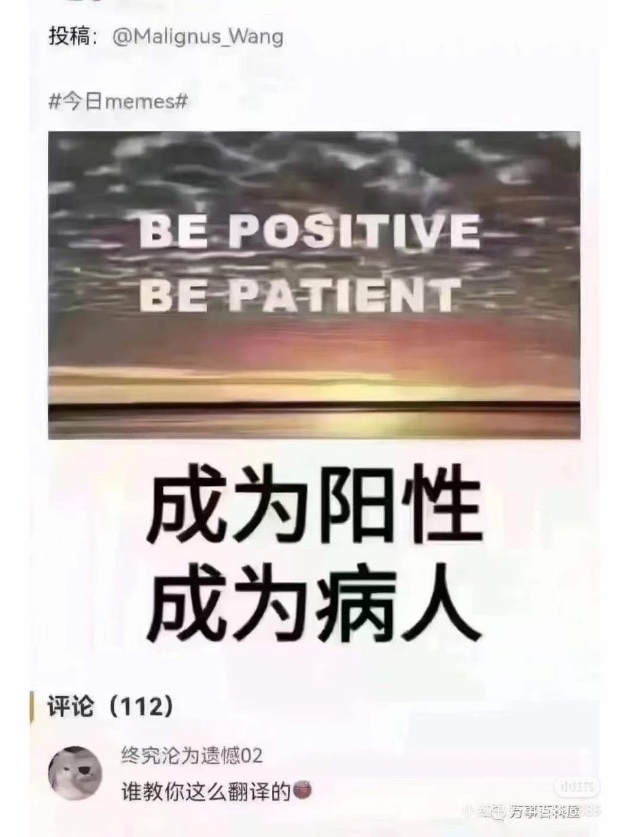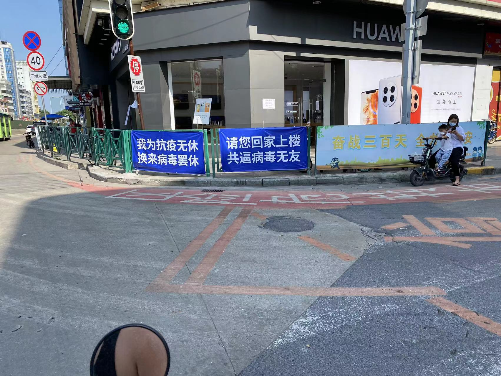Get ready to go a-wanderin'. I'll take you down to the rivers and lakes, and we shall lose ourselves in them, get lost from the hurlyburly hustlebustle of the mundane world. That's what jiānghú 江湖 ("rivers and lakes") is all about. It's where you go to xiāoyáo yóu 逍遙遊 ("wander freely / carefreely / leisurely").
The first occurrence of jiānghú 江湖 in traditional Chinese literature is to be found in the Zhuāng Zǐ 莊子 ("Master Zhuang") (late 4th-early 3rd BC), which happens to be my favorite work of ancient Chinese literature:
Quán hé, yú xiāngyǔ chǔ yú lù, xiāng xǔ yǐ shī, xiāng rú yǐ mò, bùrú xiāngwàng yú jiānghú.
泉涸,魚相與處於陸,相呴以溼,相濡以沫,不如相忘於江湖。
"When springs dry up, fish huddle together on the land. They blow moisture on each other and keep each other wet with their slime. But it would be better if they could forget themselves in the rivers and lakes."
VHM, tr., Wandering on the Way: Early Taoist Tales and Parables of Chuang Tzu (New York: Bantam, 1994), p. 53.
Read the rest of this entry »



